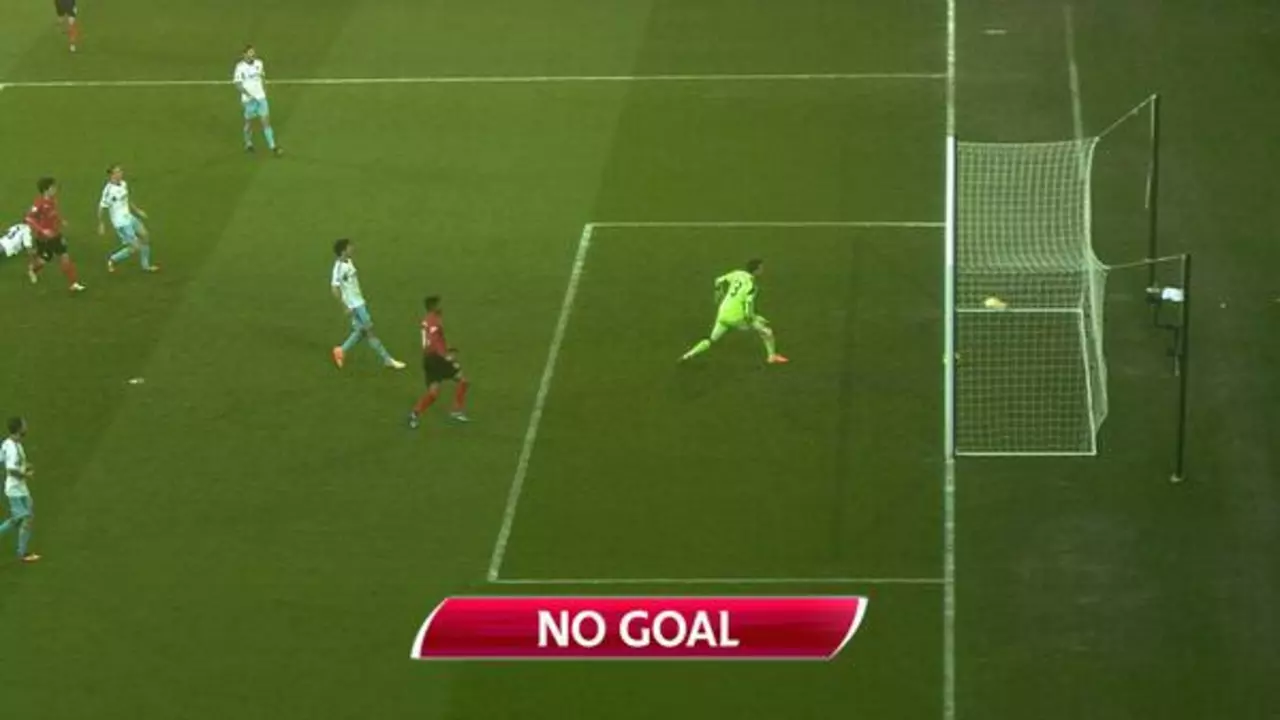How is goal differential calculated in soccer?
Posted by Jaxon Kensington
0 Comments

Understanding the Concept of Goal Differential
If you've ever found yourself asking, "What the heck is goal differential?" you're in the right place. I, Jaxon, spent countless hours absorbing the intricate rules of soccer just so I could explain this concept to you. Goal differential, in its simplest terms, is the difference between the total number of goals scored by a team and the total number of goals they have conceded during a competition or series of competitions. Think of it like a balance sheet in soccer: it measures how far "in the black" (or in the red) a team is when it comes to goals.
This seemingly simple mathematical concept actually holds immense significance in soccer. The overall success of a team can be gauged by considering its goal differential. It's a crucial indicator of a team's performance — after all, the main objective of soccer is to score goals and prevent the opponent from doing so. The higher the goal differential, the better the team's performance, and vice versa.
Nitty-Gritty of Calculations
Now let's dig into the brass tacks of how to calculate goal differential. Before breaking into cold sweats about dreaded high school math nightmares, let me assure you it's much easier. In fact, it's like shopping: if you bought 7 chocolate bars (I know, control yourself, Jaxon) and ate 4, you're left with 3. The number of goal conceded is subtracted from the goals scored. For instance, if a team has scored 40 goals and conceded 30, the goal differential is +10.
If the team conceded more goals than it scored, then the goal differential is considered negative. For instance, if a team scored 30 goals but conceded 40, the goal differential would be -10. This situation is as lousy as eating all your candy stash at once and then discovering you are all out - a real mood dampener, let me tell you! So, soccer teams strive for that sweet taste of positive goal differential - just like your chocolate-craving self should hold off devouring all the bars at once.
What's The Big Deal?
You might be wondering, "Why do I, Jaxon, care so much about goal differentials?" Well, in soccer, it's a big deal. It is used as a tiebreaker when teams have the same points in a league table. When two teams have the same number of points, the team with the higher goal differential usually takes precedence. It's like being the favorite child because you bought mom more birthday gifts than your sibling — not that I'd know about that...
In some soccer leagues, like the Swedish Allsvenskan and Brazilian Série A, goal differential is considered even before points. The team maintaining a higher goal differential ranks higher. Just imagine - you could be valedictorian just because you can eat more hot dogs than your classmates. Crazy, right?
Historically High and Low Goal Differentials
Let's indulge in some trivia with some of the highest and lowest goal differentials in soccer history. Now, the highest goal differential ever recorded in professional soccer belongs to AS Adema of Madagascar. In 2002, they won a game with a goal differential of 149 because their opponents deliberately scored own goals as a sign of protest. That's like eating 150 chocolate bars in one go, without any weight gain, folks. Unbelievable!
The lowest goal differential, or rather, the most negative differential in English top-flight history, belongs to Loughborough FC with an atrocious -70 during the 1894-95 season. Let's say it's like having 70 chocolate bars, not eating any, and giving them all away. We would rather not experience this kind of chocolate disaster, right?
Goal Differential's Tactical Implications
Understanding goal differential is not just about the arithmetic. It's also about tactics and decision-making. A team having a strong positive goal differential might decide to play defensively in some matches to protect their record. It's like once you've gotten a comfortable pile of chocolate bars, you build a fort around it to protect it from enemies (like your diet-conscious friend).
Meanwhile, a team facing the threat of a negative goal differential might be more proactive in attacking to score more goals. It's like being down to your final candy bar: desperation leads to inventiveness and a potential raid on the candy store (not that I'm suggesting anything).
Prediction of Future Success
An interesting aspect - the goal differential can also be predictive of future success! Teams with consistently high goal differentials over the seasons are likely to achieve more success. It's the simple logic of more chocolates leading to more happiness (unless you're lactose intolerant, in which case, my sincerest apologies).
Interestingly enough, goal differential is viewed as a more reliable indicator of a team's future success compared to points per game. A recent study found that a team's goal differential in the first half of an English Premier League season better predicted end-season ranking than total points at the season's halfway mark — something to think about while you're calculating differentials in your head during the next game!
Extra Time and Penalty Shootouts Impact
One final note is how extra time and penalty shootouts affect goal differential. Goals scored during extra time in a knockout tournament do count towards a team's goal differential, adding a whole other layer of high-stakes excitement to those final minutes.
But remember, goals scored in a penalty shootout, do not count towards the overall goal differential. So, all your excitement about those thrilling shootout moments doesn't impact the goal differential, much like how stealing a bite of your friend's chocolate doesn't really add to your own chocolate stash (or does it?). Now, enough of sweet talks, I hope you've got your head around the concept of goal differential in soccer and, quite possibly, have an insatiable craving for chocolate. Aim for the positive goal differential, folks - in soccer and chocolate bars!